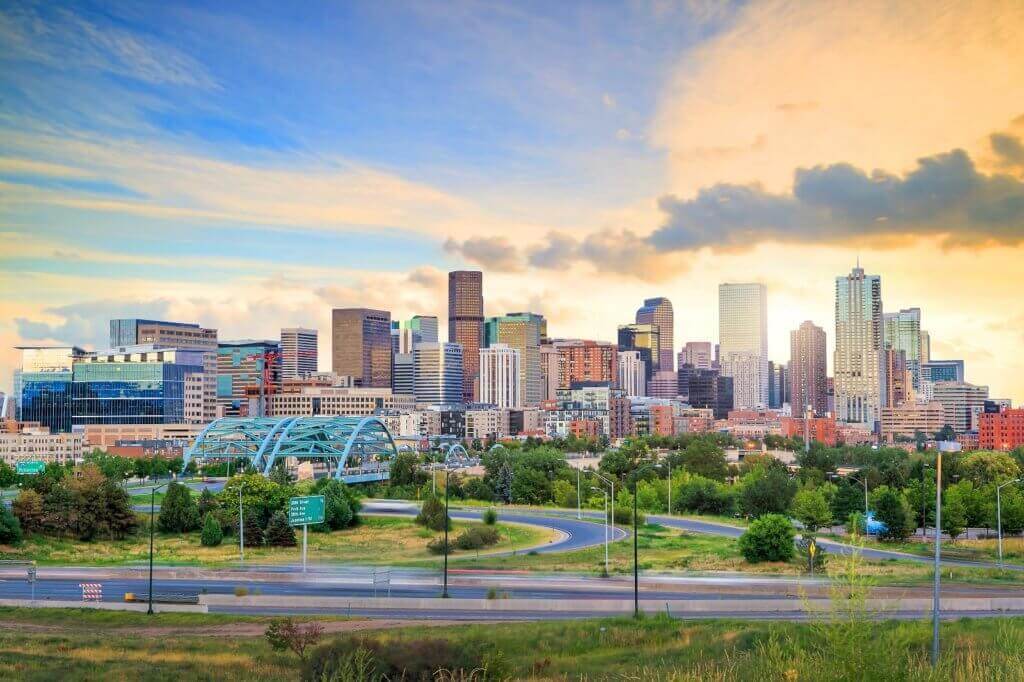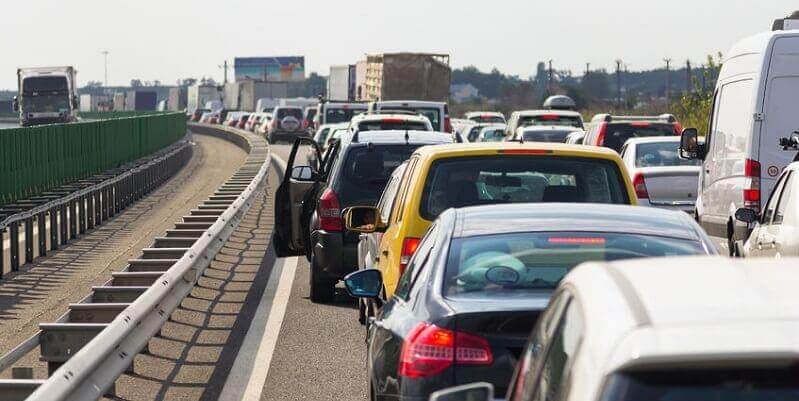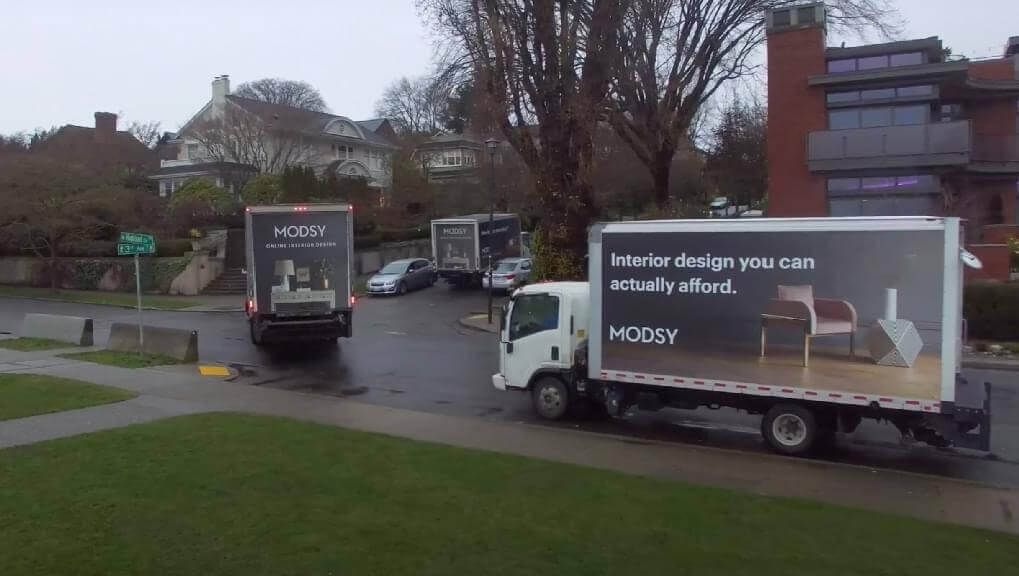
Nicknamed “Mile High City” because its elevation is exactly one mile above sea level, Denver, Colorado is on the rise as a prominent out-of-home (OOH) advertising hub in United States. Denver is the largest city in Colorado which means there’s plenty of space for brands to exhibit their OOH advertisements. Similarly, it’s home to one of the fastest growing populations in the U.S., making it an excellent city to target new and potential consumers.
OOH and the market
Out-of-home is one of the oldest forms of advertising and continues to adapt to an ever-changing market. Targeting mass audiences and providing excellent reach, OOH makes itself visible simply by being large and in places where consumers are. Unlike forms of digital advertising, OOH can’t be easily ignored, and isn’t as negatively received because consumers don’t feel they’re being forced to view it.

Denver as a market
One of the only cities to be the home of seven professional sports teams, Denver is a bubbling metropolis full of life and culture. Likewise, the city is said to be emerging as model for sustainability with eight of its twelve 2014 sustainability goals either being on track or completed.
The city also currently employs the ninth most number of tech professionals in the U.S. With one of the highest nationwide year-over-year growth of tech-related jobs, Denver is being heralded as a tech community on the rise. Companies, such as Facebook and Netflix, have already established headquarters in the city which presumes that more companies will soon follow suit.
But there’s another reason to assume an influx of tech-based companies to Denver. More people than ever before are moving there from San Francisco – home of Silicon Valley, the global centre of technology. Among the key reasons listed for the mass relocation are quality of life, home prices, and the increased number of tech jobs available. The average price for a home in San Francisco is $1,380,000 as compared to $426,000 in Denver. The low-priced housing market also links to a lower cost of living, another primary reason as to why people are moving to Denver.

Weather conditions
If there’s one thing people know about Denver, it’s that there are supposedly 300 days of sun per year. That statistic might be inaccurate and a bit out of date, but according to weather reports there are 245 days each year during which the sun does shine. And this favourable weather offers up three key advantages for advertisers: local visibility, tourism, and cheaper billboards.
Of course, nice weather means more people are likely to want to live in Denver, but that’s not the only positive effect it has on the local population. Being that they deal with less bad weather, Denver residents spend more time outside being active according to The National Human Activity Pattern Survey. This increased amount of outdoor activity creates enhanced visibility of OOH marketing.

The nice weather also brings higher numbers of tourists to the city. In 2018, more than 31 million people visited Mile High City, the third consecutive year this number was achieved. This steady flow of visitors creates an even greater volume of viewership from a target audience that may not have been previously tapped by a given brand.
The third advantage to all the sunshine is reflected in the cost of billboards. With only 83 days of precipitation – versus the national average of 106 days – billboard longevity is greater in Denver. Less rain means the colour on ads doesn’t fade as quickly. It also helps keep restorative and maintenance costs down because the ads are more likely to remain intact.
Youthful population
Denver’s population provides brands with a handful of other great reasons to consider it for their next advertising campaign.
With over 734,000 residents as of 2020, Denver is the 19th most populous city in the U.S. It also has one of the fastest growing populations, meaning it has the potential to move higher up the list of most populous cities. Similarly, within the twelve county radius of Denver-Aurora, there are an estimated 3,150,000 people. Because Denver is the largest city with a 500 mile radius, there are constantly plenty of people travelling to and through the city.

Not only is this population large, it’s also fairly young and has a relatively high household income (HHI). With a median age of 34, Denver’s population is roughly four years younger than the national average at 38.2. Likewise, the average HHI of the U.S. population is $61,937 as compared to $93,650 in Denver. A big reason for such a high HHI stems from the fact that Denver is one of the top ten most educated cities in America. This young population and surplus of disposable income provide an ideal target market for many advertisers.
Traffic congestion in Denver
The large number of locals, tourists, and a rising population has led Denver to the same issue as any other major metropolitan city: traffic and lots of it. It’s gotten so bad that Denver now has the 15th worst traffic of all U.S. cities. To make matters worse, rush hour traffic in the city is now 10th worst in the country and citizens are spending approximately 33 hours per year stuck in traffic during these hours.

With the population continuing to increase every year, the problem will only go from bad to worse. However, there is an upside to this for brands and advertisers. The magnitude of traffic means people are spending more time in their cars, which provides ample opportunity for these captive audiences to see OOH displays. Additionally, 39% of the heaviest commuters have an average HHI above $75,000 – 44% greater than national average. The disposable income of these heavy commuters creates the perfect target for many brands because they can use data to make informed decisions on where to best advertise.
OOH options
Like any other city, the number of OOH options in Denver are astronomical. Contrary to most cities though, the prices aren’t.
From junior posters as small as 6’x12’ to bulletins as large as 20’x60’ and many sizes in between, there are abundant places for brands to advertise in Denver. There are also over 100 advertising agencies to choose from within the city alone and even more outside. Likewise, there are plenty of different billboard suppliers in Denver which allows for agencies to haggle and get the best possible prices for their clients.
Aside from typical static billboards, there are also many options for digital billboards. As well, there are other forms of OOH available – such as bus shelters and truckside advertising–
to create unique and targeted ads based on the product and the desired audience.

Other OOH Markets
If the market in Denver, Colorado is just not a fit for your brand, no worries! Take a this article, which dives deeper into some of the other major cities that look promising for OOH success.
Conclusion
With a large, educated, young, and growing population, great weather, captive consumers constantly stuck in traffic, and its vast array of OOH options, Denver is clearly becoming – if not already – a major advertising hub.


